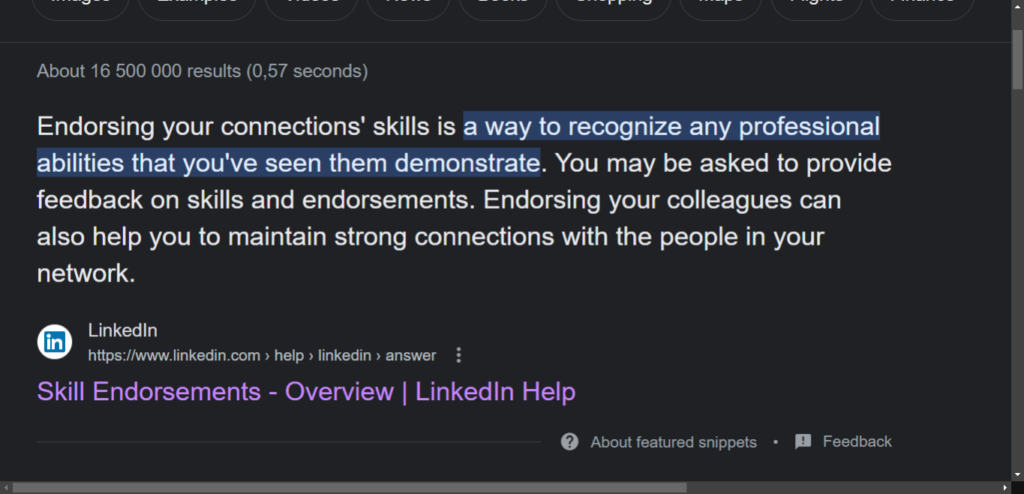Everyone makes it sound so easy. Post a few times on Facebook, Twitter, or LinkedIn, and the traffic will pour in.
In reality, it’s not easy. And like with anything else, you need to spend some time learning how to do it properly.
The problem is…
With so many different sources offering their guidance on the subject, how do you know which ones to trust and implement?
You need a strategy that works, which is exactly what we’re going to give you in this article.
You’ll learn:
- The one reason why most blogs fail to generate significant traffic from social media
- The social media networks that are best for your business
- How to understand and engage your audience on social media
- How often you need to post and how to do it with minimal effort
- How to drive more traffic than you’ve ever have before
Let’s dive in.
Consistency is key
A good social media strategy will benefit your business in many ways:
- more traffic
- relationship building
- better customer satisfaction/retention
- better customer service
In this article, we’re going to focus on the first benefit: getting you more traffic. We can go over the other benefits some other time.
Here’s the one key part of using social media effectively that often gets left out: consistency.
If you follow all the steps in this article, you will have a complete social media strategy.
If you execute it for one day, you’ll see no results.
If you execute it for a month, you’ll see some results.
If you execute it for a year, you will see significant traffic.
If you’re looking for some magic secret, you’re not going to find it. But if you’re serious about building long-term sustainable traffic for your business, read on.
Commit to the strategy we…

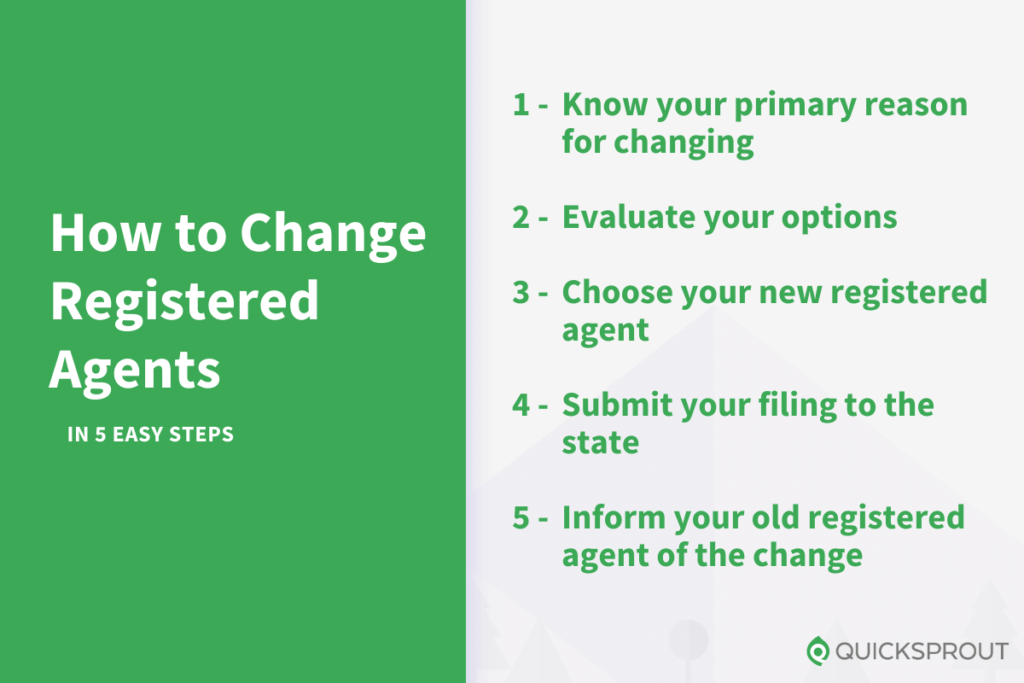
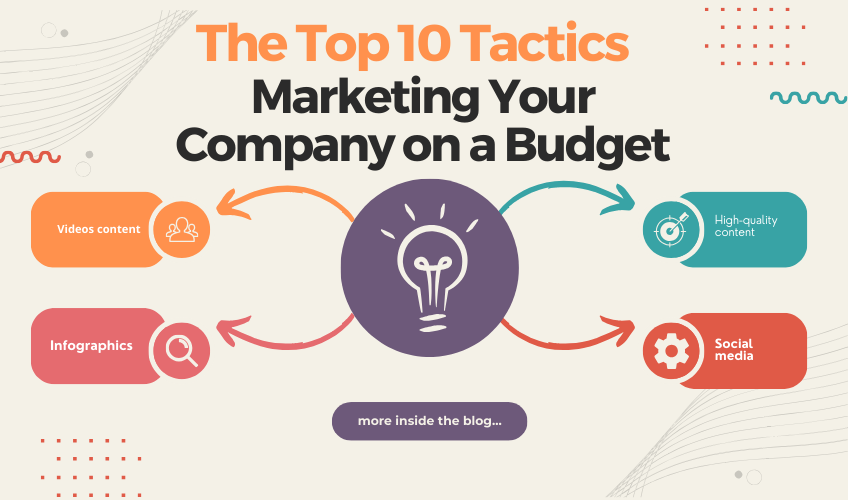
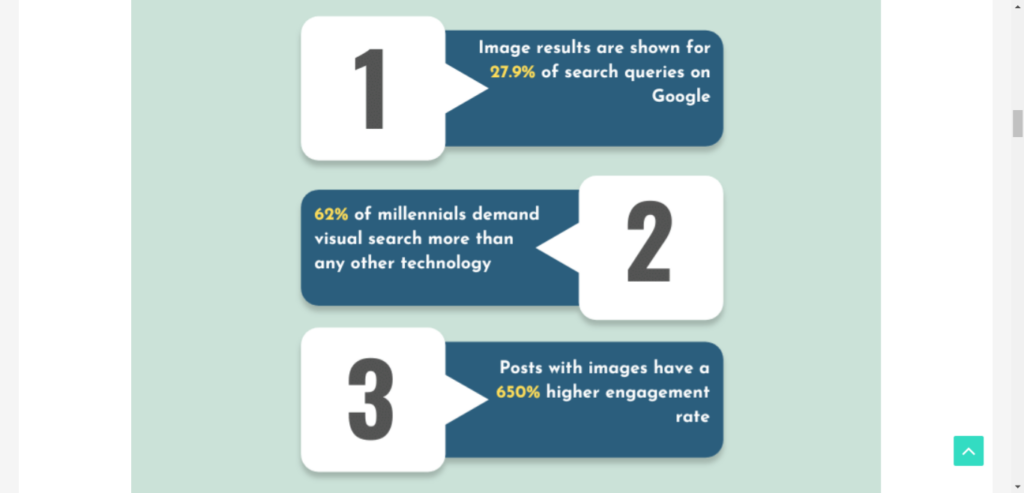


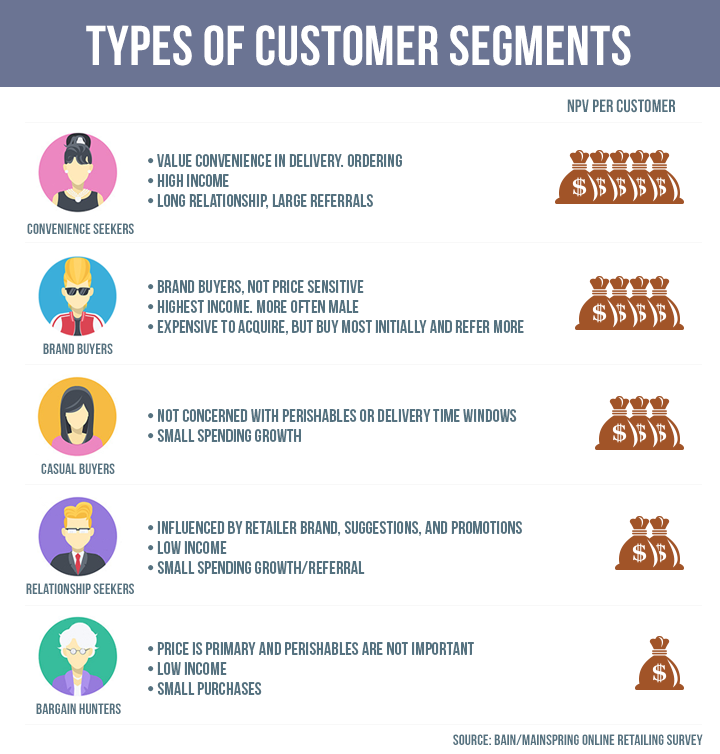 Image source –
Image source – 

